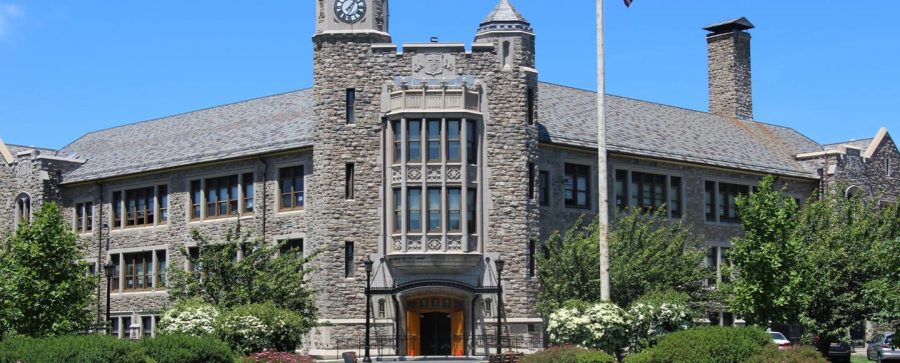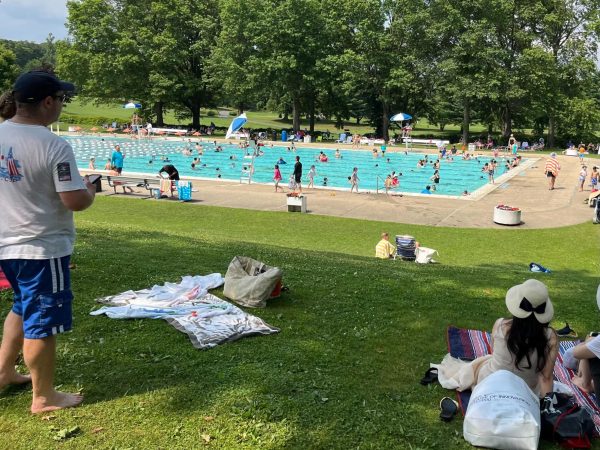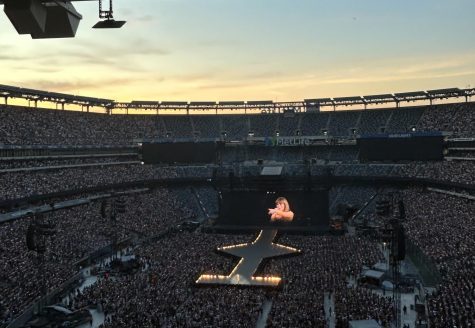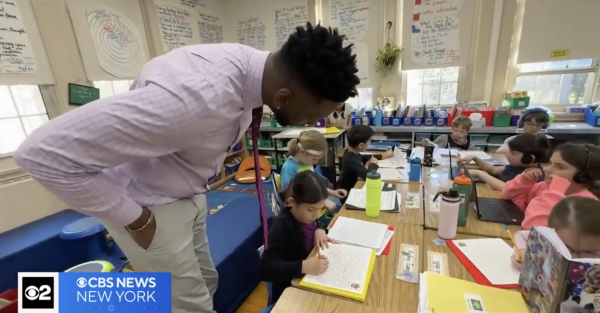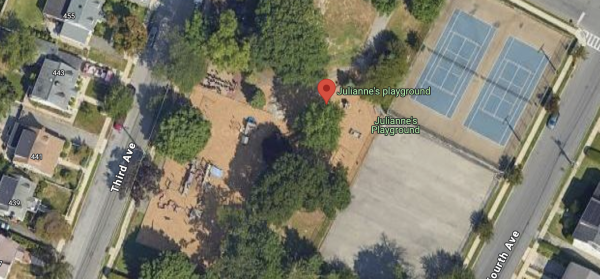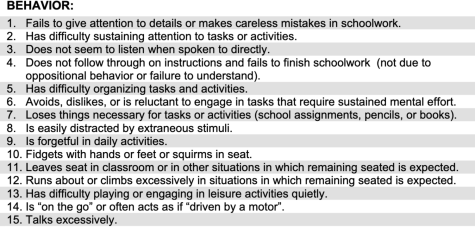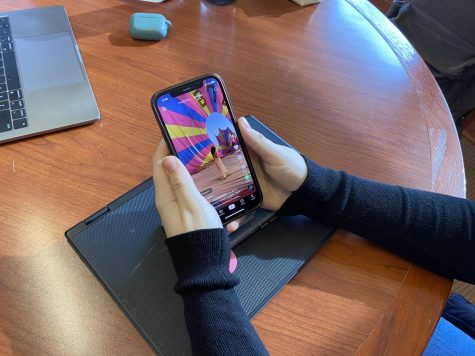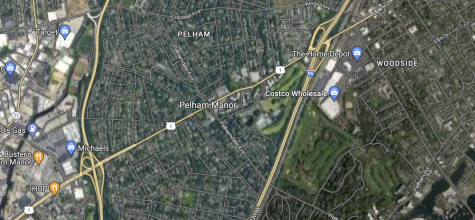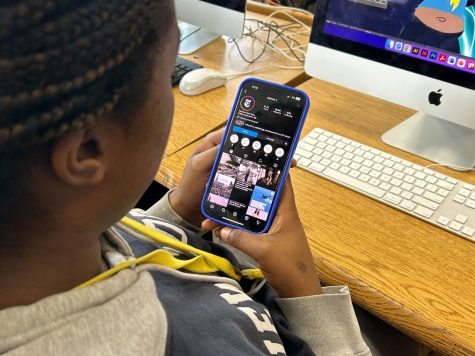Opinion: To survive a school shooting, give our children all the options
I’m writing in response to a letter published on Nov. 4 by the current PTA president and president-elect regarding the events that took place at Pelham Memorial High School. As you know, a number of students at the high school left campus of their own accord during school hours on Nov. 1 because they feared that a school shooting might take place.
As both a Pelham dad and a security professional, I vehemently disagree with the PTA’s assessment “that no one was in any danger at any time” on Nov. 1. However well intentioned, the PTA’s assumption—and it is an assumption—is dangerously naïve and reflects an institutional mindset that places our children at risk, as well as their teachers and school staff, because of the approach the school takes to responding to incidents.
We live in the United States, a nation with more guns than people. As many recent high school shootings have shown, the gunman is often either a student, former student or individual known to the school. Because of these close affiliations, it is impossible to keep them out, unless red flags have been raised beforehand. Even when a potential shooter is flagged, fear of litigation could mean that person is still allowed to enter school and walk around freely at some point later.
The hard truth is, Pelham Memorial High School could station a battalion of troops around its perimeter and a attacker could still enter the building. Because a school is not a fortress or a prison, and rightly so. It is a place of learning where students and staff alike must come and go freely. For this reason, no school in the United States—including those in Pelham—is ever truly safe.
While I commend the PTA’s initiative regarding social media education, in my view, there are far more serious issues that need to take priority in order to ensure our children’s safety. Every student who walked out of the high school on Nov. 1 had every right to do so. They felt unsafe. They felt their lives were in danger. And they did not trust the school’s response (or lack thereof) to their concerns, so they took flight.
I commend them for being proactive and trusting their instincts. But their reaction signals that the most pressing issue the high school needs to address is not social media, but how to best educate students, as well as faculty and staff, on all of the options available to them to survive a school shooting. During the eight years I have had a child in Pelham, the district’s students, faculty and staff have been taught one single option for responding to a school shooting: lockdown.
Lockdowns are little more than a tick in the box that leaves children as vulnerable as fish in a barrel if the attacker enters their classroom. Because locking down—hiding—is only appropriate when you cannot run away from a shooter, but they are also not in such close proximity that you have no choice but to actively defend yourself against them.
There is a better way.
For years now, many high schools, colleges and places of work have taught the more realistic, superior and infinitely workable “run, hide, fight” options-based response to an active shooting incident. This protocol has been taught and proven effective all around the world since the late 1970s. But it only started to gain traction in the U.S. in 2013. To give students, teachers, and school staff the best possible odds, the school needs to retain a security provider that teaches the run, hide, fight options-based approach.
I am also an advocate of more research and education around mental illness to better identify potential school shooters. But until high school staff and students alike are taught all of their options for responding to an attack—and not just one option—the school is guilty of withholding basic information from them—information they need to ensure their best odds of surviving a horrific incident.
I have implored school officials and administrators for eight years to scrap lockdowns in favor of the run, hide, fight options-based response. For eight years, my pleas have fallen on deaf ears. It has been suggested to me that the school is sticking with lockdowns because they fear potential litigation should they deviate from that single protocol.
I am not a legal professional. I am a security professional. And as such I can say that run, hide, fight gives PMHS students, teachers and school staff the best chances of surviving an armed attack. In my view, this is not a matter of litigation, but of basic human rights. Because everyone has the right to life. All of us, including our children, have a right to know how to ensure their best chances of survival.
Until school officials finally start teaching the run, hide, fight option (and it has to be taught, as individuals need to learn when and where each option can or cannot be used within the school complex in relation to the shooter in order to best survive), I personally hope, as a father and security professional, that high school students and members of staff will continue to go with their gut and walk out of the building early during the raising of any red flags, if they think that is the best way to ensure their safety. Because right now, the school is not doing all that it can to protect them.
Bob Shepherd is a Pelham dad, 20-year veteran of the special forces, bestselling author and global security consultant.



